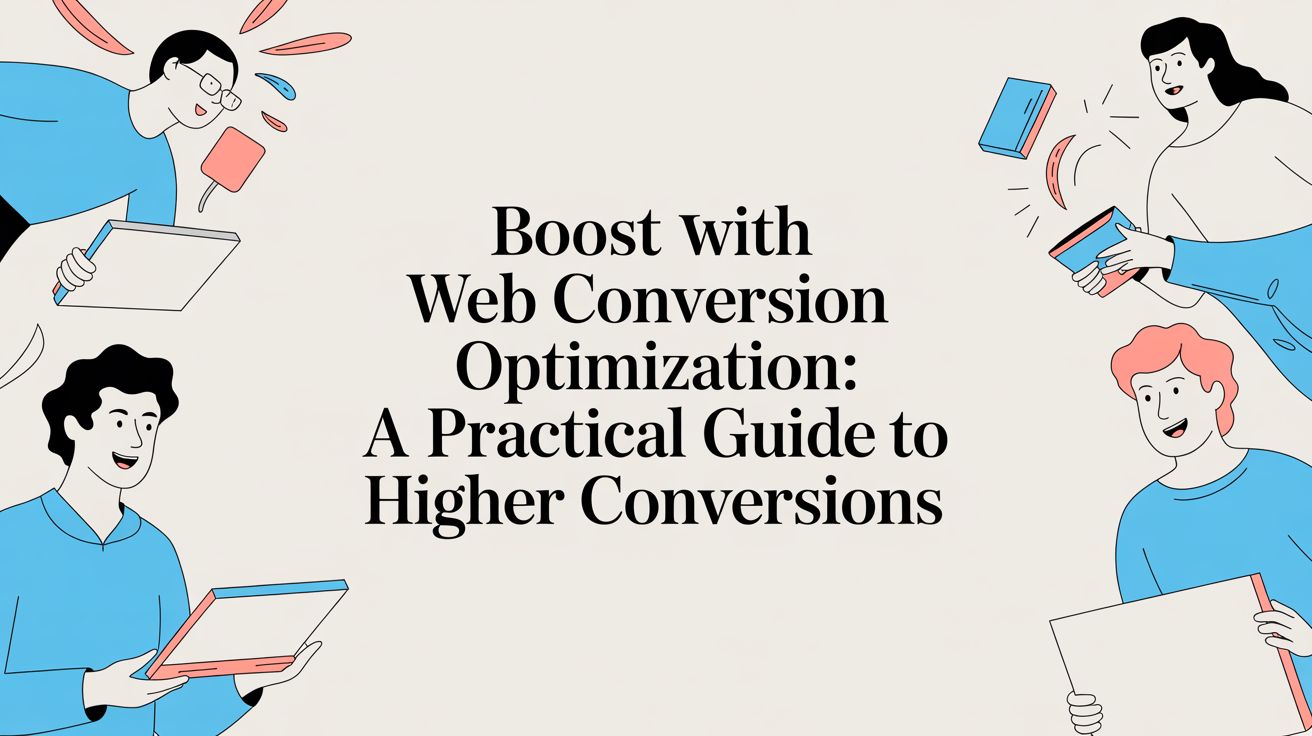
Using data analytics to better understand consumer behavior

Data analytics is arguably the most important starting point for brands looking to understand the actions of consumers. It gives a point of direction for marketers to work from.
To better understand how brands can use it to provide insight into consumers’ thought patterns and behaviors, we spoke with Ilya Smirnov, Head of the Data Science Department at Usetech, a software development company based out of Hong Kong.
The benefits of data analytics
Every marketer hopes to understand better what makes consumers tick. Data analytics can offer a numeric picture of consumer behavior.
“It allows you to test hypotheses and establish causal relationships between brand actions and market reactions. With analytics, it becomes easier to distinguish the effects of external factors, such as seasonality,” Smirnov said. “Consumer age, gender, geography — it gives a business an idea of who its target audience is and which way it should go. This will make it possible to segment the market and determine consumer activity.”
Where to start in using data analytics to understand consumer behavior
To make the most of this potential, it's essential that marketers know what metrics to track and analyze, as well as how to apply that data to their work — especially when that data can provide insight into consumer behavior.
Smirnov says a system of metrics to help evaluate performance can be constructed based on several considerations. One of the key approaches to structuring such a system is by using the customer lifecycle, which can be divided into these stages:
1. Awareness - The first instance where consumers are introduced to a brand, problem or service they had no previous knowledge of.
2. Consideration - Interested consumers use this time to compare various brands, price points or any differentiating factors between your brand and its competitors.
3. Decision - Consumers consider all of the information they’ve gained thus far and decide if the brand or product in front of them has what it takes to help solve their problem.
4. Retention - Brands offer activities aimed at developing and retaining the attracted audience and reducing the level of churn.
At each step of the customer lifestyle, the habits displayed by consumers become the market research your brand can use to better inform your marketing strategies — or more specifically, to identify the preferences, motivations and purchasing behavior of your target audience.
In some cases, this market research will come directly from consumers themselves. This is often referred to as first or second-party data, and it can be incredibly difficult to get without building trust with your customers. Smirnov recommends relying on marketing channels and strategies you know work well with your audience to help strengthen your relationship.
Other times, the research will come from data your brand collects on consumer activities.
Either way, the data that comes with careful analysis of the the customer lifecycle is a strong place to start in better understanding consumer behavior.
Having a basis upon which to go when trying to predict consumer behavior is necessary for any successful marketing strategy. Data analytics can help.

Lindsay Keener is a brand journalist for Quikly. She covers stories that help to inform and educate consumer-facing marketers.

